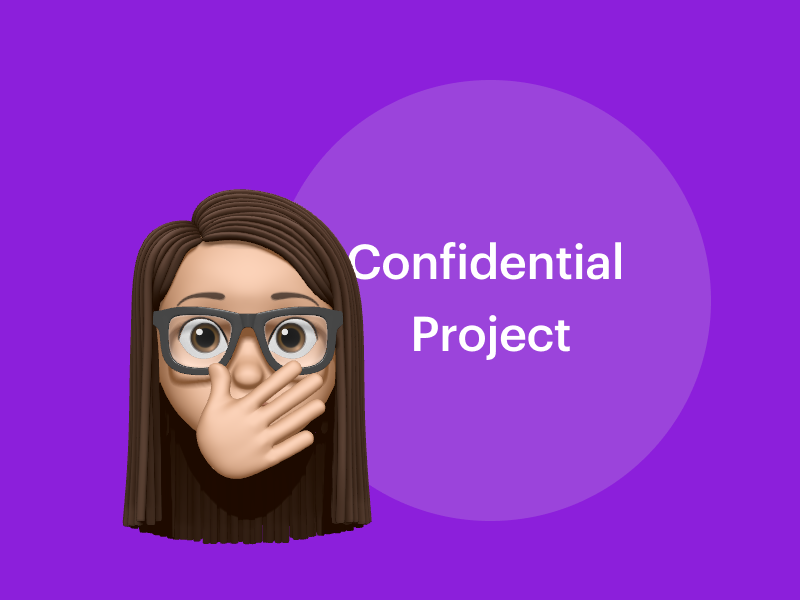This is a confidential project about a product that is newly launched, so there will be no image regarding the actual product and final outcome.
As an extension of CX strategy project, one product from this telecom company was selected as to experiment, learn and scale with customer-centric ways of working. I was part of the design team to conduct 5 design sprints for improving the service experience of router & extenders.
Year
2021
Project Type
Service Design, Interaction Design
My Role
I worked as an Interaction Designer in a design team, together with a business designer and visual designer. My responsibility includes:
- Facilitated co-creation workshop with stakeholders to identify a high level to-be journey
- Facilitated ideation sessions with stakeholders
- Created user flow and low-fi wireframes
- Planned and conducted user test sessions

Our client offers a service that include a smart router and extenders, to help improve the Wifi performance and coverage.
However, according to customer satisfaction survey, there were 1/3 of the existing customers who were not satisfied with the service. And customers don’t perceive improvement of Wifi after setting up the router and extenders.
The purpose of the project was to find the right pain point that customer suffered, and to conduct design sprints to solve it.
Methodology
Double diamond approach was followed in this assignment. We started with identifying opportunity areas and building a Value Case: defining a problem that was worth solving.
Following that, we worked in sprints to develop and test a solution in a user centred way.

5 Sprints

Activities
Workshops
Workshops are collaborative sessions that allow larger groups to explore topics, provide input, and leverage the group knowledge to co-create solutions. We conducted a series of workshops to define the current and desired customer experience, as identify opportunity areas to work with during these sprints. It was from these workshop, where we came to a decision to focus on ‘Get started’ stage of the journey in the following design sprints.


Document user flow
Onboarding was one of the focus areas. To understand and confirm the existing experience, we followed the existing methods to set up a wifi product. All details are recorded and documented. This activities gave us first-hand experience and served as a starting point for defining where we want to improve.
Ideation sessions
Starting with the prioritised pain points, through ideation sessions, potential experiments were identified. These experiments were then prioritised, to identify key concepts to prototype.


Design process
After concepts are prioritised, a traditional design process followed to build a design outcome that could be tested with users.

Tools for collaboration
Agile set up of the process makes collaboration even more crucial. We needed more frequent collaboration within the design team, as well as with key stakeholders. So Figma and Miro were used to make the work accessible for everyone in the team. These tool also allow us to track the project’s progress and provide timely feedback.

Test and validate
We tested the high-fidelity prototype with users to validate our design. Findings were documented for further iterations on the designs, and as tasks in the backlog for later stages.

Scaling the solution
The project activities have been documented in Jira as part of the backlog, in the form of epics, user stories and specific tasks to be completed. The backlog has been updated during Sprint 5 and used as a base to define the high-level roadmap for the coming months.
